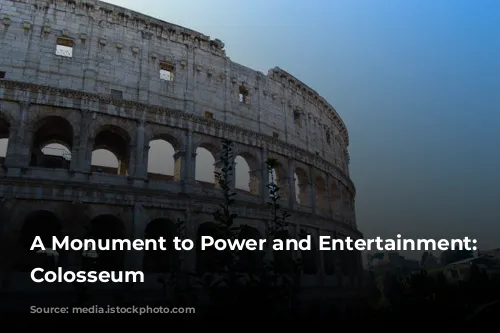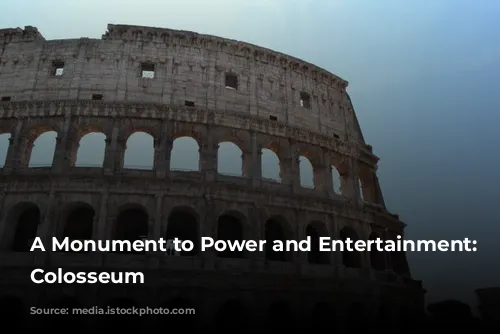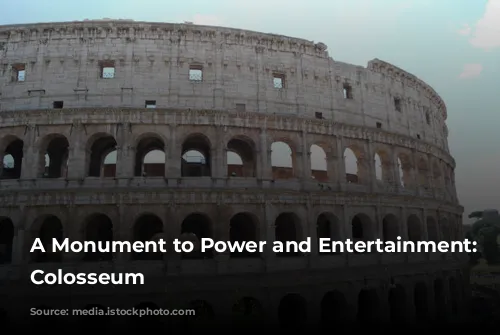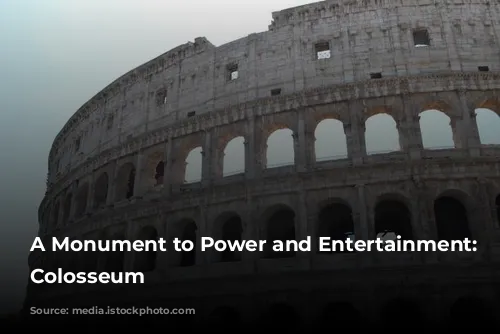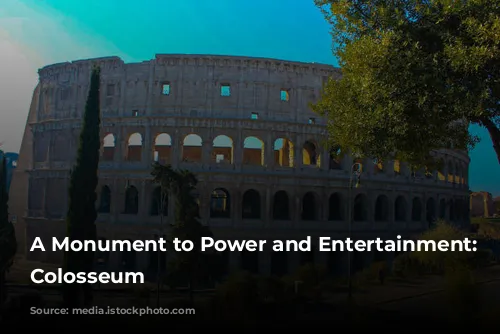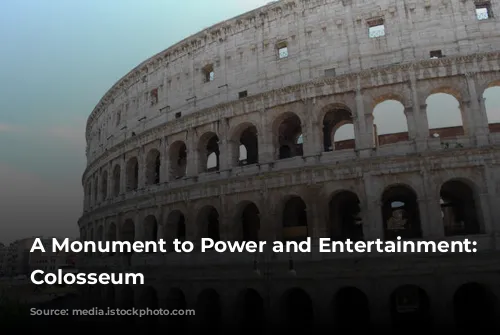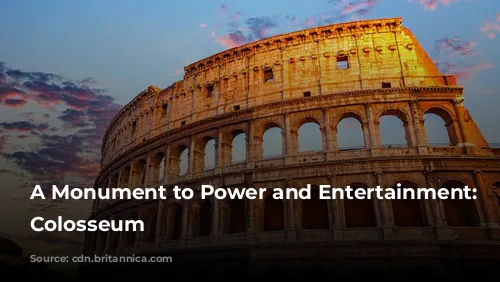The Colosseum, a testament to the architectural and engineering brilliance of ancient Rome, stands as one of the few largely intact structures from that era. Not only is it a remarkable feat of construction, but it also serves as a major economic engine for Italy, drawing millions of tourists every year. In 2018 alone, the Colosseum, along with the Roman Forum and Palatine Hill, generated over $63.3 million (€53.8 million) in revenue, solidifying its position as the top tourist attraction in the country.
A Troubled History
The Colosseum’s journey through time has been marked by both glory and neglect. After the fall of the Western Roman Empire, the majestic arena fell into disrepair. The 12th century saw the Frangipane and Annibaldi families convert the arena into a fortress, utilizing its imposing structure for their own purposes. The late 15th century witnessed a further decline, with Pope Alexander VI allowing the Colosseum to be used as a quarry, a devastating blow to this once-grand monument. Fortunately, after centuries of neglect, state-funded restoration efforts commenced in the 1990s, bringing about a revival for the Colosseum.
A Vision of Imperial Might
The Colosseum’s construction was part of a larger imperial project to revitalize Rome following the tumultuous year of the “Four Emperors” in 69 CE. Emperor Vespasian, known for his ambitious projects, intended the Colosseum to be a spectacular entertainment venue, hosting a variety of spectacles, from thrilling gladiator fights and animal hunts to elaborate mock naval battles. This vast arena was designed to captivate and entertain the Roman populace, offering a glimpse into the power and grandeur of the empire.
From Plunder to Power
The Colosseum’s construction began under Vespasian’s reign between 70 and 72 CE. Its completion was marked by a grand dedication ceremony in 80 CE, presided over by Vespasian’s son and successor, Titus. A fourth story was added to the Colosseum in 82 CE by Domitian, further enhancing the structure’s impressive scale. Importantly, the funding for this monumental project came from the spoils of war, specifically the plunder from Titus’s conquest of Jerusalem in 70 CE. It is a sobering reminder that the grandeur of the Colosseum was built, in part, on the suffering of enslaved Jews from Judaea.
An Architectural Masterpiece
The Colosseum, also known as the Flavian Amphitheatre, is an elliptical structure, constructed primarily of stone, concrete, and tuff. Standing four stories tall at its highest point, it measures a staggering 620 by 513 feet (189 by 156 meters), capable of accommodating up to 50,000 spectators. Its iconic design and massive scale have made it one of the most recognizable landmarks in the world, a testament to the engineering prowess of the Roman Empire. Famously, the Colosseum was the stage for gladiatorial combat, a brutal spectacle that captivated the Roman populace.
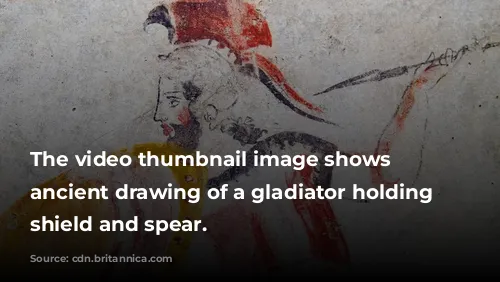
A Symbol of Imperial Transformation
The Colosseum’s location, just east of the Palatine Hill, is itself significant. It was built on the grounds of Nero’s Golden House, a lavish palace complex that was a symbol of Nero’s tyrannical rule. By draining the artificial lake that served as the palace’s centerpiece, Vespasian chose to replace the symbol of Nero’s excesses with a public amphitheater, a testament to the emperor’s commitment to the Roman people. This decision was both symbolic and practical, marking a clear break from the previous regime and establishing Vespasian’s reign as one of greater public focus.
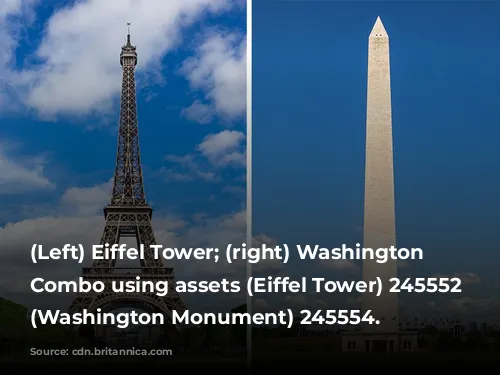
A Monument of Engineering and Design
Unlike earlier amphitheaters, which were often built into hillsides for support, the Colosseum stands as a freestanding structure, relying on a complex system of barrel vaults and groin vaults. Its three lower stories are adorned with arcades framed by engaged columns in the Doric, Ionic, and Corinthian orders, a design element that became a defining feature of Renaissance architecture. The structure’s primary materials include travertine for the main framework and facade, volcanic tufa for the secondary walls, and concrete for the inner bowl and arcade vaults. This blend of materials and intricate construction techniques reflects the Roman Empire’s innovative approach to architecture and engineering.
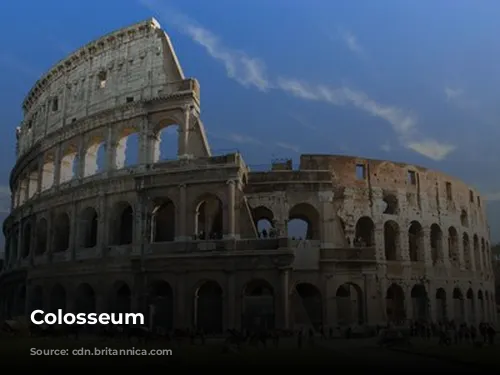
A Stage for Spectacle and Entertainment
The Colosseum’s vast seating capacity allowed for an impressive array of spectacles. A massive retractable awning, known as a velarium, provided shade for the spectators, operated by hundreds of Roman sailors. The arena hosted a multitude of events, including gladiator fights, animal hunts, mock naval battles, and even executions. Although its role in the martyrdom of early Christians is debated, the Colosseum undoubtedly witnessed countless events that showcased the Romans’ fascination with spectacle and entertainment.
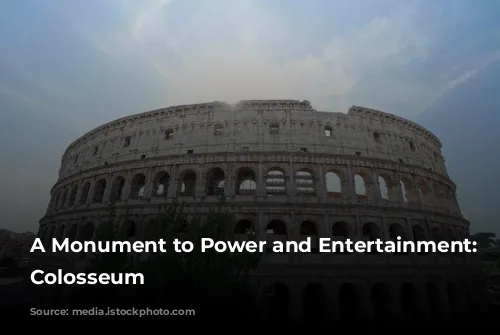
A Monument Restored and Reimagined
Over the centuries, the Colosseum faced numerous threats, from natural disasters to vandalism. It was damaged by lightning, earthquakes, and pollution, while its precious marble seats and decorative elements were stripped away, leaving it in a state of neglect for over a millennium. The 19th century saw a resurgence of interest in preserving the Colosseum, with notable efforts led by Pius VIII. Finally, in the 1990s, a comprehensive restoration project was undertaken, breathing new life into the ancient arena. Today, the Colosseum stands as a beacon of history and a testament to the power of preservation, attracting millions of visitors each year who come to marvel at its grandeur and glimpse into the heart of the Roman Empire.
